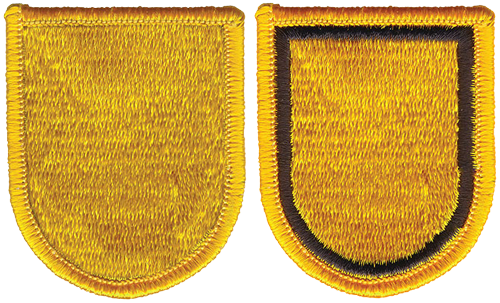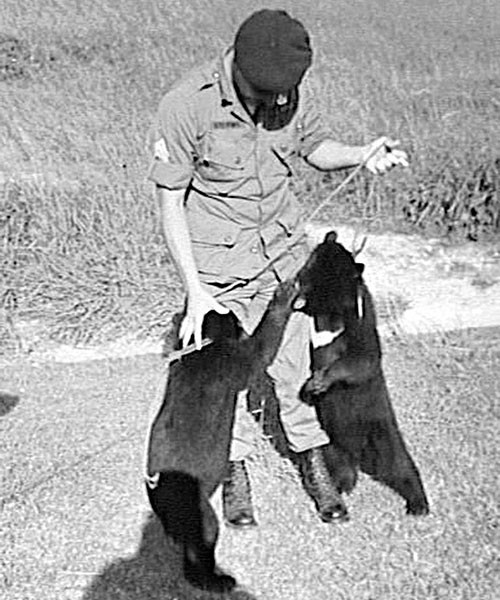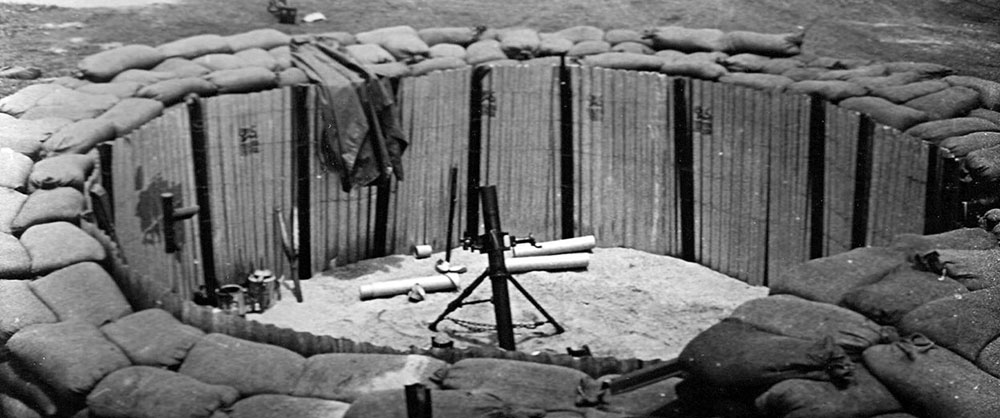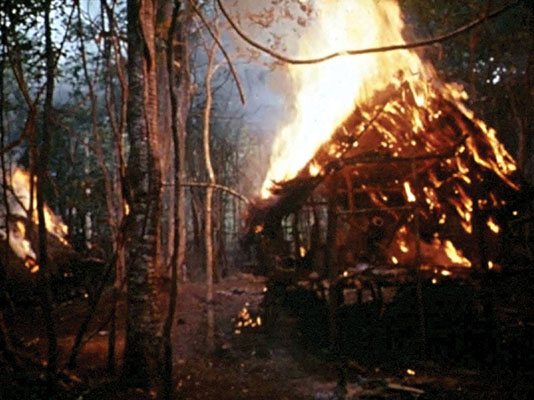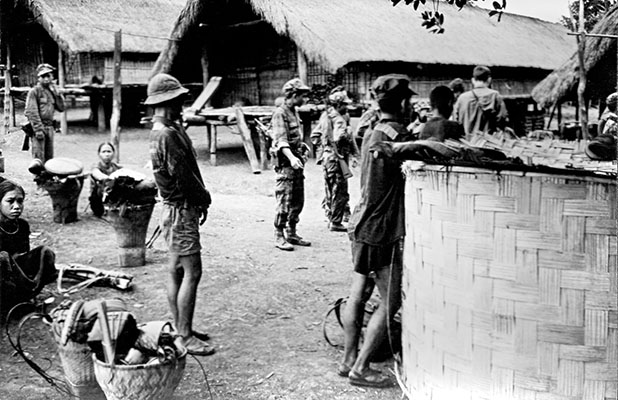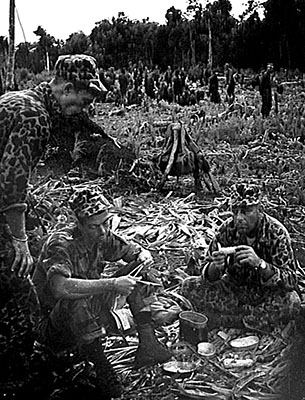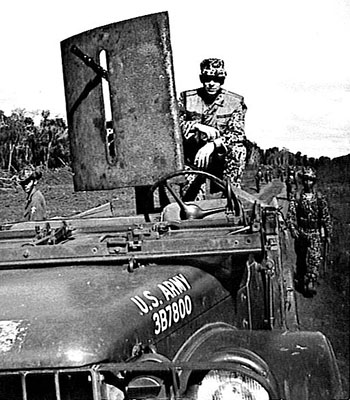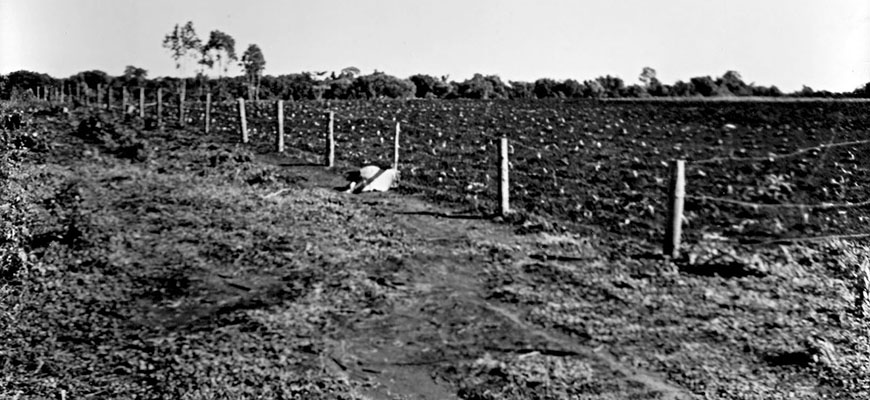DOWNLOAD
The typical image of Special Forces in the Vietnam War is one of a huge 5th Special Forces Group (Airborne) (5th SFG) running specialized covert operations country-wide and cross border operations into Cambodia, Laos, and North Vietnam. That did not happen until post-1965 when the 5th SFG took over operations in Vietnam. The Special Forces commitment to Vietnam had a more humble start centered around twelve-man “A” teams. It began in 1957 with a ten-man SF detachment sent to train Army of the Republic of Vietnam (ARVN) soldiers in Ranger tactics and techniques. Special Forces A teams rotated in and out of Vietnam on mission-specific mobile training teams until 1960. Then A teams from the 1st and 7th SFGs rotated as units for six-month temporary duty (TDY) tours to “train, advise, and lead Civilian Irregular Defense Group (CIDG) Montagnard (sometimes Nung, Cambodian, and Vietnamese) irregular soldiers against the Viet Cong in the Central highlands of South Vietnam.” This article centers on the experiences of Team A-312, 1st SFG in 1964, and will explain the early role of SF in the CIDG program in Vietnam prior to the arrival of the 5th SFG.1
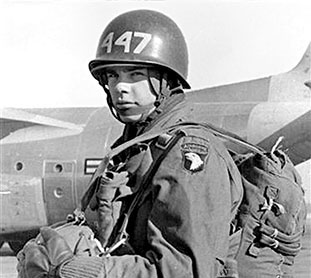
The early Special Forces presence in Vietnam was primarily “A-Teams” (today’s operational detachment alpha or ODA) that rotated in for six-month tours to train the CIDG forces throughout Vietnam. Teams from the 7th SFG at Fort Bragg, North Carolina, and the 1st SFG on Okinawa, Japan, deployed to meet the requirement. After 1964, Special Forces soldiers rotated in and out of Vietnam on one-year tours as individual replacements to SF teams throughout the country rather than deploying as a unit.2
One of the early teams supporting the Vietnam mission was Team A-312 from C Company, 1st SFG on Okinawa. The team, commanded by Captain Vernon Gillespie, was a mix of veterans and two newcomers. Ten members of Gillespie’s team (including himself) had already been to Vietnam and had had multiple deployments throughout Asia. For the two newcomers, this was their first of several combat tours in Vietnam. Specialist Fourth Class Earl Bleacher and Sergeant Lowell Stevens had both just completed the Special Forces Qualification Course (commonly called the Q-course).3
Specialist Fourth Class (SP4) Earl Bleacher was new to Special Forces but not to the Army. Bleacher had enlisted in the Army in 1950, and served nine years in the 11th Airborne Division at Fort Campbell, Kentucky, reaching the rank of staff sergeant. Seeking another challenge, he left the Army in 1959 to attend Millersville State Teachers’ College.4 Missing the Army, Bleacher reenlisted in 1962 for an airborne assignment. He was sent through basic infantry training again before reporting to the 504th Airborne Battle Group, 82nd Airborne Division as a private E-2. Starting over again, the senior parachutist and non-commissioned officer academy graduate wanted more than the daily grind in the 82nd Airborne Division. After some resistance from his chain of command, “I hand carried my request for Special Forces through the bureaucracy. I knew a few shortcuts,” said Bleacher. He was soon headed down Ardennes Street to Smoke Bomb Hill and the Special Forces Qualification Course. Bleacher trained as a weapons sergeant and graduated from the “Q-course” in May 1963 with an assignment to the 1st SFG in Okinawa.5 Several other new graduates (including Lowell Stevens) joined him in Okinawa.
West Virginian Lowell Wesley Stevens began his Army career when he enlisted in 1959. After basic infantry training at Fort Jackson, South Carolina, he was assigned as a mortar man (today’s MOS 169) in C Company, 502nd Airborne Battle Group, 101st Airborne Division. In the late 1950s through the early 1960s, many soldiers assigned to the 82nd and 101st Airborne Divisions attended airborne training at their respective posts (Forts Bragg or Campbell). After completing jump school, the soldiers usually stayed in their units for their entire enlistment. In three and a half years, Stevens worked his way up from a private E-2 M-274 “Mule” driver to mortar section sergeant, a staff sergeant position.6
Anticipating a promotion to staff sergeant because he had been filling that position for almost a year, Sergeant Stevens asked the personnel clerk about his promotion chances. He was shocked when the clerk said “Never. A staff sergeant on the division pistol team officially held the mortar section leader position.” “The only way to get promoted was for someone to retire, get busted, or die,” said Stevens.7 Having just reenlisted for six years, Stevens had to find another way to make rank.
So mad “he couldn’t see straight,” SGT Stevens went back to his company. As he stormed down the hallway, his company commander, Captain David Ranger [his real name], stopped him. CPT Ranger said, “What’s the matter?” As Stevens proceeded to explain, Ranger ushered him into his office and shut the door. For a few seconds, Stevens thought that he was in big trouble. It was rare that a sergeant entered the company commander’s office except for punishment. Based on Steven’s experience, training, and personality, CPT Ranger thought that he would do well in Special Forces and suggested that he try out. It just so happened that an SF recruiting team was at Fort Campbell. CPT Ranger told Stevens that if he qualified, he would endorse his transfer to attend Special Forces training, even if it meant getting “heat” from the battle group and division. Many in the chain of command highly discouraged soldiers from applying for Special Forces, whether based on the needs of the unit, or simply because they disliked specialty units. That day, Stevens took a battery of tests for Special Forces. “The prospect of slow promotions turned me towards Special Forces, even though in 1963, Special Forces were the two most hated words in the Regular Army,” said Stevens.8 That started his eighteen-year adventure.9

